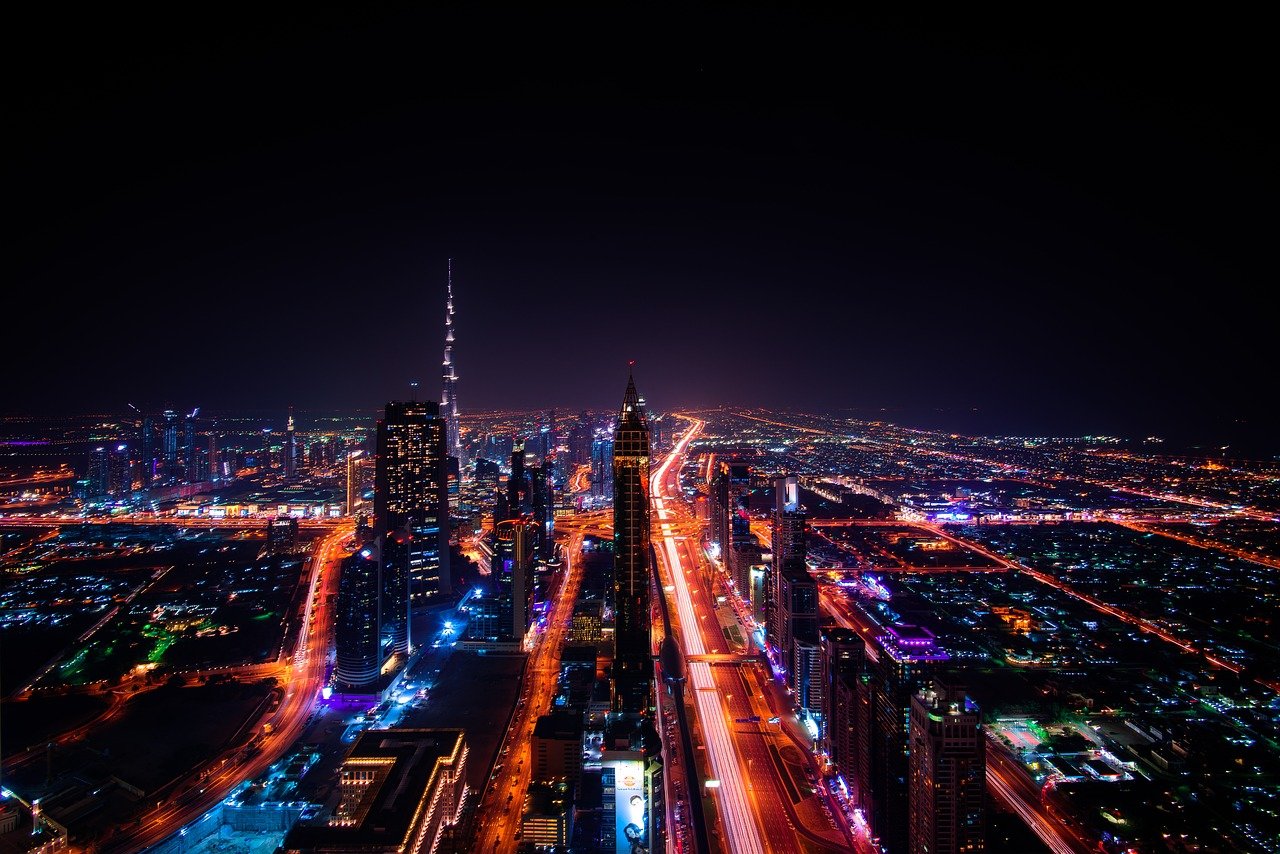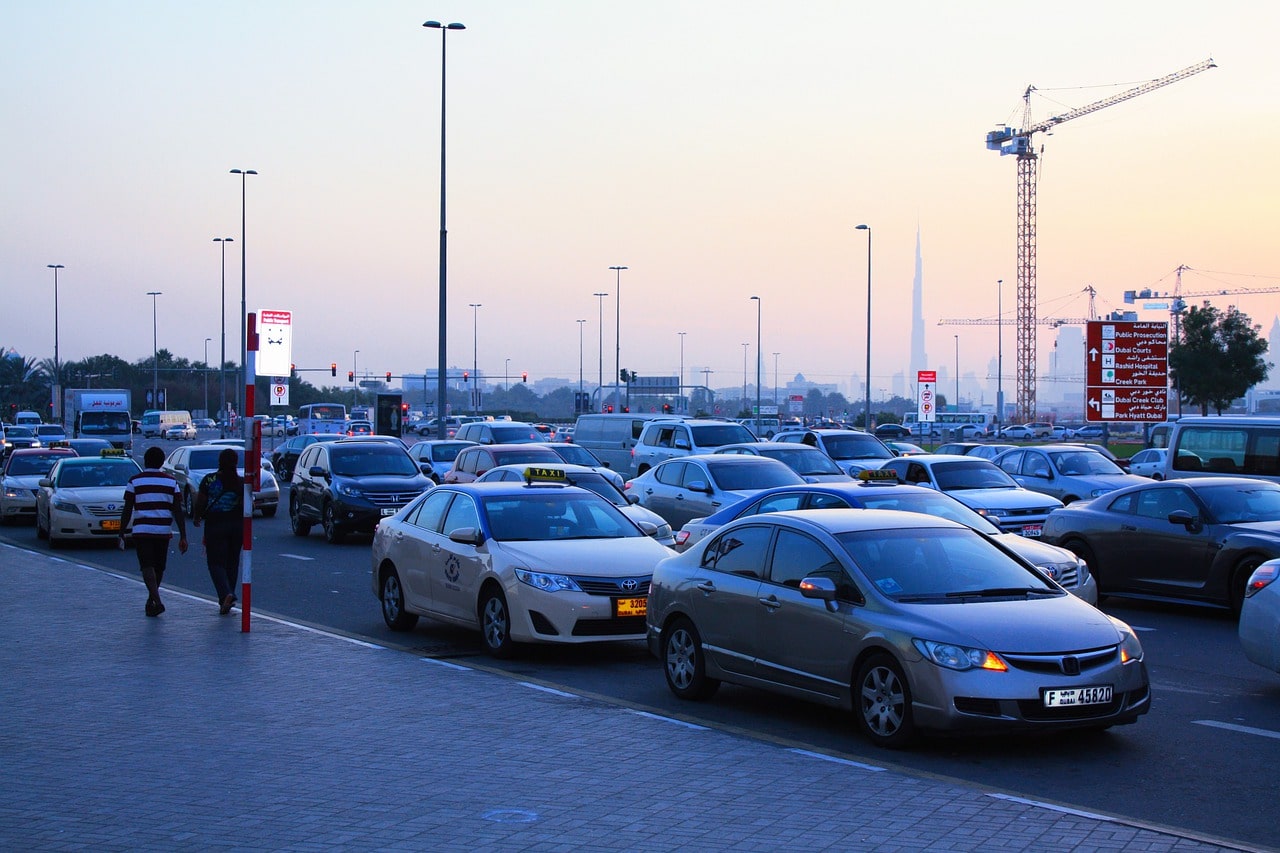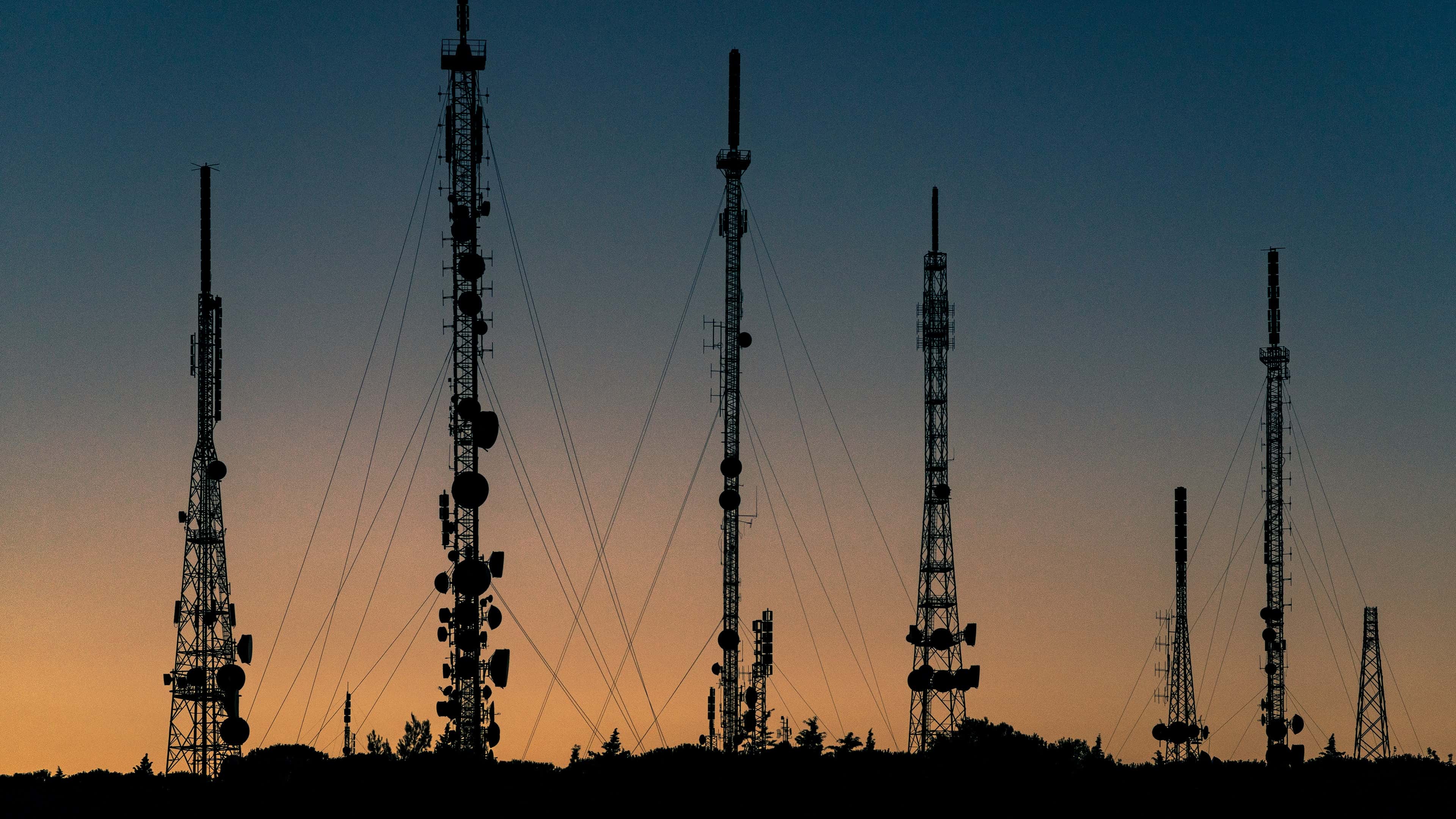The United Arab Emirates (UAE) is becoming one of the world’s leading hubs, producing and developing alternative energy sources, as well as devising technologies related to the industry. The government is investing AED 600 billion by 2050 to meet the growing demand and ensure a sustainable growth for the country’s economy.
Through the launch of ‘Energy Strategy 2050’, the contribution of clean energy in the total energy mix is expected to increase from 25% to 5-0% by 2050 and reduce carbon footprint of power generation by 70%, saving AED 700 billion by 2050. The strategy also seeks to increase consumption efficiency of individuals and corporates by 40%. The UAE intends to expand the use of new energies to cut back its oil dependency.
Al Maktoum Solar Park
Located in a wath of desert spanning nearly 4,000 acres in Dubai, the Mohammed bin Rashid Al Maktoum Solar Park consists of thousands of rows solar photovoltaic panels. Currently, the park will offset 1.4 million tons of carbon dioxide (CO2) emissions and power 160,000 homes by 2020. The park will have a capacity of 5,000 MW, offsetting 6.5 million tons of CO2 emissions and generating enough energy to power 800,000 homes by 2030.
Al Maktoum solar park has achieved several world records, including to have the world’s tallest solar tower at 260 m and the largest thermal energy storage capacity in the world of 15 hours. The park also achieved the lowest Levelised Cost of Electricity of 2.4% per kWh for the 250 MW photovoltaic solar panels technology and 7.3% per kwH for the 7000 MW CSP technology.
UAE is taking advantage of its geographical location, receiving on average 10 hours of sunlight per day and approximately 350 days of sun per year. In addition to its Energy Strategy 2050, the UAE is also supporting the goal of the Paris Climate Agreement to prevent global temperature from rising more than two degrees Celcius in the next century.
Masdar City, the catalyst for renewable energy
Masdar City continues to make its mark in promoting clean energy in the UAE and become a catalyst for the renewable energy sector in the Arab world. The city has invested in renewable energy projects with a combined value of USD 12 billion. These projects displace nearly 5.4 million tonnes of CO2 per year, with the total electricity production of all Masdar’s solar and wind project is over 10,6680 GWh annually.
The city has the largest photovoltaic plant in the Middle East, located in Abu Dhabi, which produces about 17,500 MWh of clean electricity annually and offsets 15,000 tonnes of CO2 per year. It consists of 87,780 multicrystalline and thin-film modules supplied by Suntech and First Solar. Beyond solar, Masdar City also has The Masdar City Wind Tower. capturing cooler upper-level winds and directing them to the public square at its base.



